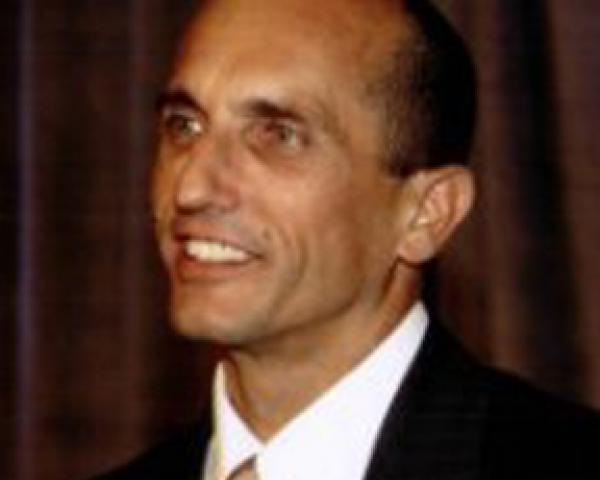The latest California Department of Insurance market share report said that workers' compensation carriers combined to write $11.43 billion in premium in 2014, up 11% from 2013, the fourth consecutive double-digit increase. Premium growth lately is more a reflection of increasing payrolls rather than rates, as those have held rather steady in the last few years. But there is another, more insidious reason for premium growth lately: low interest rates. Chief financial officers are able to lock in only pathetic returns using traditionally safe investments because of the moribund interest rate environment.
So they are looking to alternative investment vehicles -- and history doesn't look kindly to that kind of activity involving dubious securities. The last time "interesting" financial assistance came into the California (and subsequently national) market was in the mid-1990s, when the Unicover/Craigwood reinsurance scheme was being pitched to minimize carrier risk ... and dozens of carriers folded.
Now we have a new investment vehicle that is picking up steam, and I think it portends trouble if not kept in check. It's called ILS.
In aviation, ILS is Instrument Landing System - a way for aircraft to find the runway under a layer of clouds and fog. In insurance, ILS is insurance-linked securities.
The most common ILS, and what brought this alternative to note, are CAT bonds. Catastrophe bonds are risk-linked securities that transfer a specified set of risks to investors. They were first used in the mid-1990s in the aftermath of Hurricane Andrew and the Northridge earthquake.
Wikipedia has a good explanation: "An insurance company issues bonds through an investment bank, which are then sold to investors. These bonds are inherently risky ... and usually have maturities less than three years. If no catastrophe occurred, the insurance company would pay a coupon to the investors, who made a healthy return. On the contrary, if a catastrophe did occur, then the principal would be forgiven, and the insurance company would use this money to pay their claim-holders. Investors include hedge funds, catastrophe-oriented funds and asset managers."
At least one insurance investment observer indicates alarm at the "convergence" of the insurance and capital markets. Michael Moody, MBA, ARM, in the April edition of Rough Notes magazine writes about "Capital Market Convergence" and describes how the money behind the capital structure of the insurance industry is increasingly being collateralized and sold off to investors with the single intent of increasing yield on capital invested: "With interest rates continuing at historically low levels, most institutional investors are looking for better yields. Currently, many of the ILS products are producing results that are 5% to 6% higher than traditional investments."
Here's the issue: There will be many investment people who know nothing about the insurance product providing the capital. Financial instruments such as credit default swaps (CDS) and collateral debt obligations (CDOs) and others created by Wall Street will move capital out of the insurance industry to the detriment of the insured public, and this includes workers' compensation.
Moody understatedly writes: "Agents and brokers who have accounts that utilize significant amounts of reinsurance need to be aware of the advancements that are being made in the ILS market. The old days of competing on price are disappearing. Capital market professionals believe it is only a matter of time before reinsurance and ILS will be used in the same manner that reinsurance is purchased in layers today. It will not be uncommon to find excess limit programs that are made up of a combination of reinsurance and ILS. The genie is out of the bottle, and the capital markets appear to be willing to embrace the convergence with the insurance/reinsurance concept. As a result, agents and brokers who are interested in a long-term view of the insurance industry would be well advised to monitor this situation closely, as it will remain extremely fluid for some time."
Certainly, departments of insurance will protect us from dubious securities, right? After all it is their job to regulate the insurance market and ensure a safe, healthy industry.
Well, that didn't happen when Unicover/Craigwood came around, and there's no reason to believe that any regulating agency is going to be proactive; traditionally, regulators are reactive. By the time they are alerted and take action, it's too late - carriers disappear, guarantee associations are swamped and state funds take up the slack (as in 2000, when the State Fund covered 50% of the California market).
California, and the nation's work comp market, is one bad ILS away from disaster. Carriers won't be looking for the runway under the clouds - rather, they'll be looking for insolvency relief.








